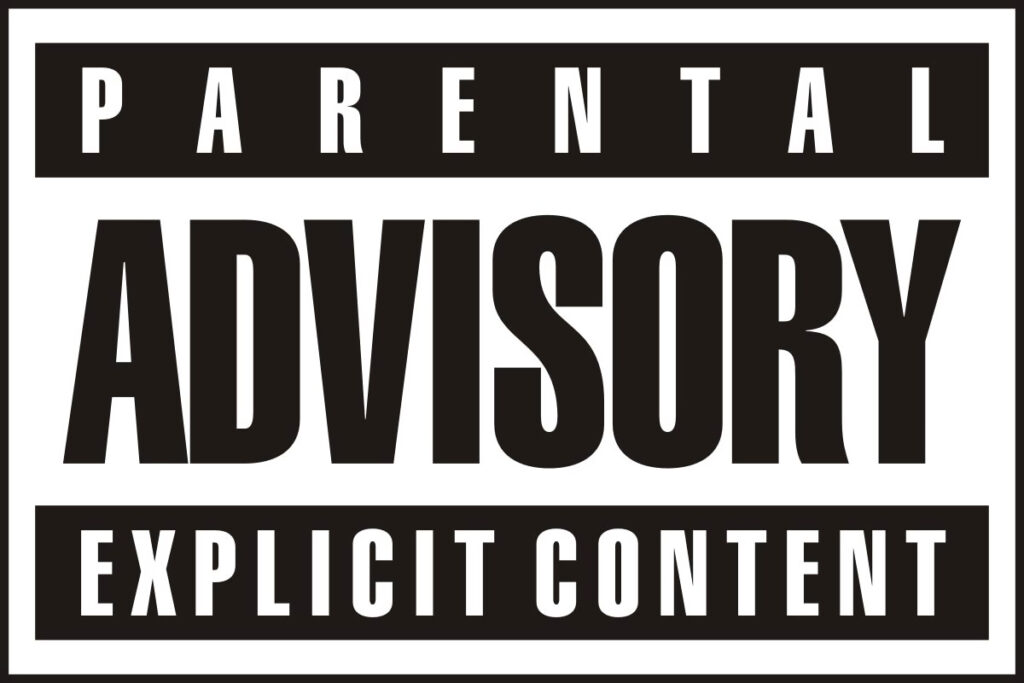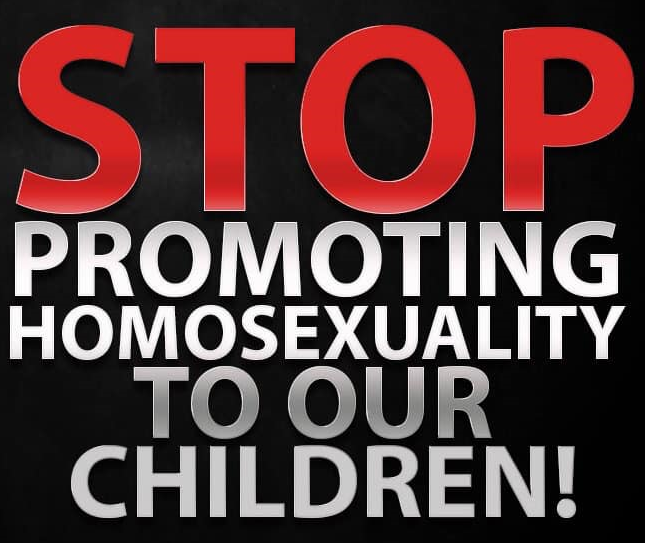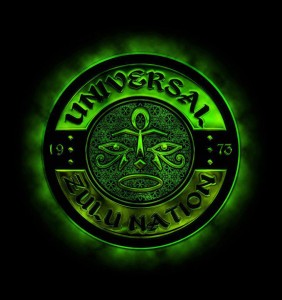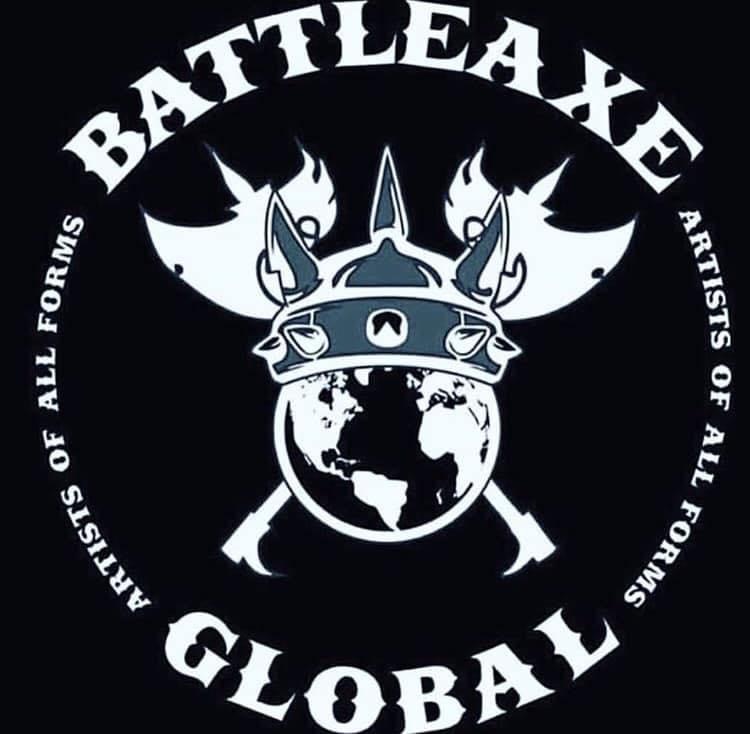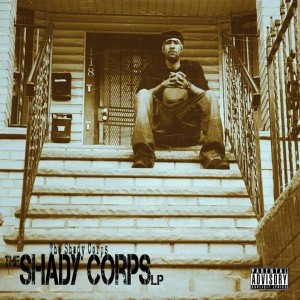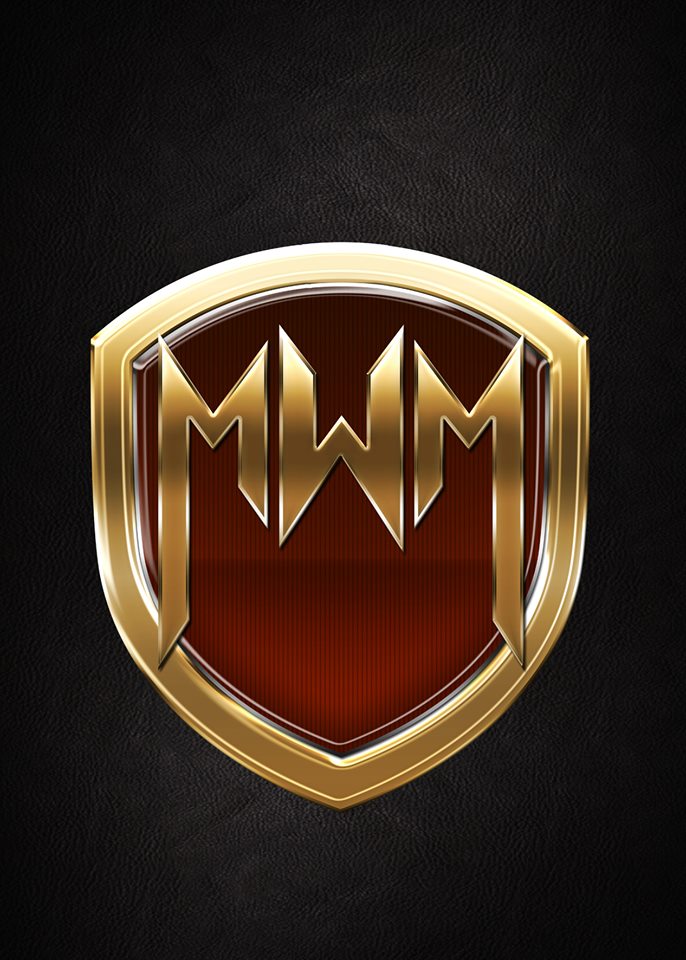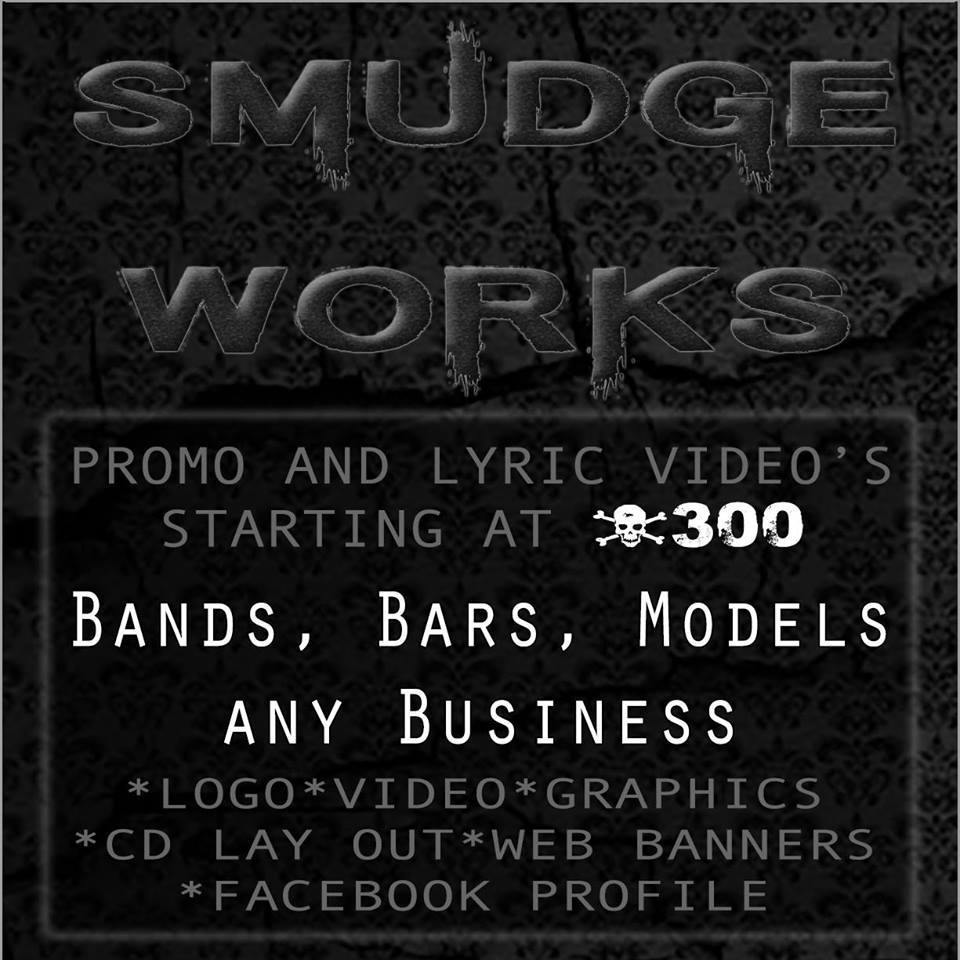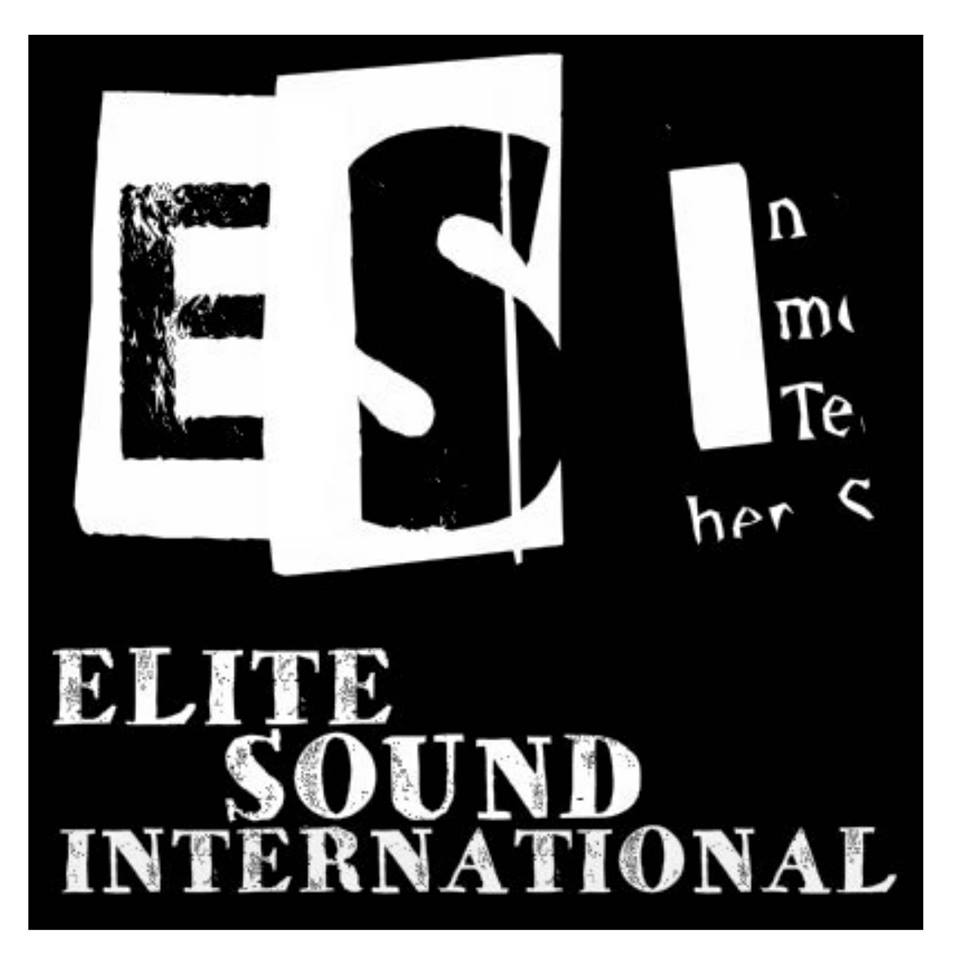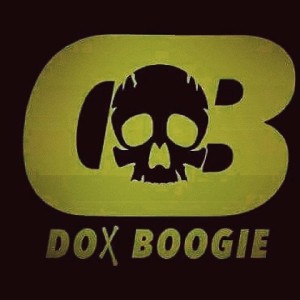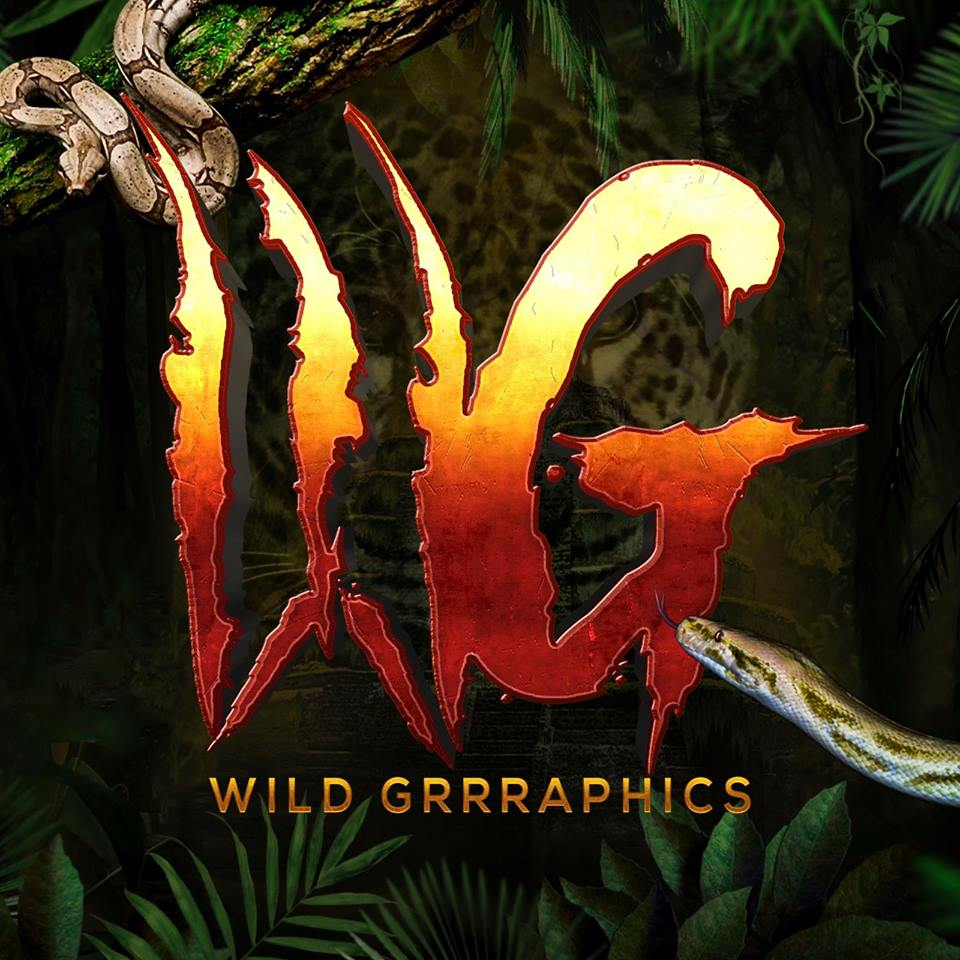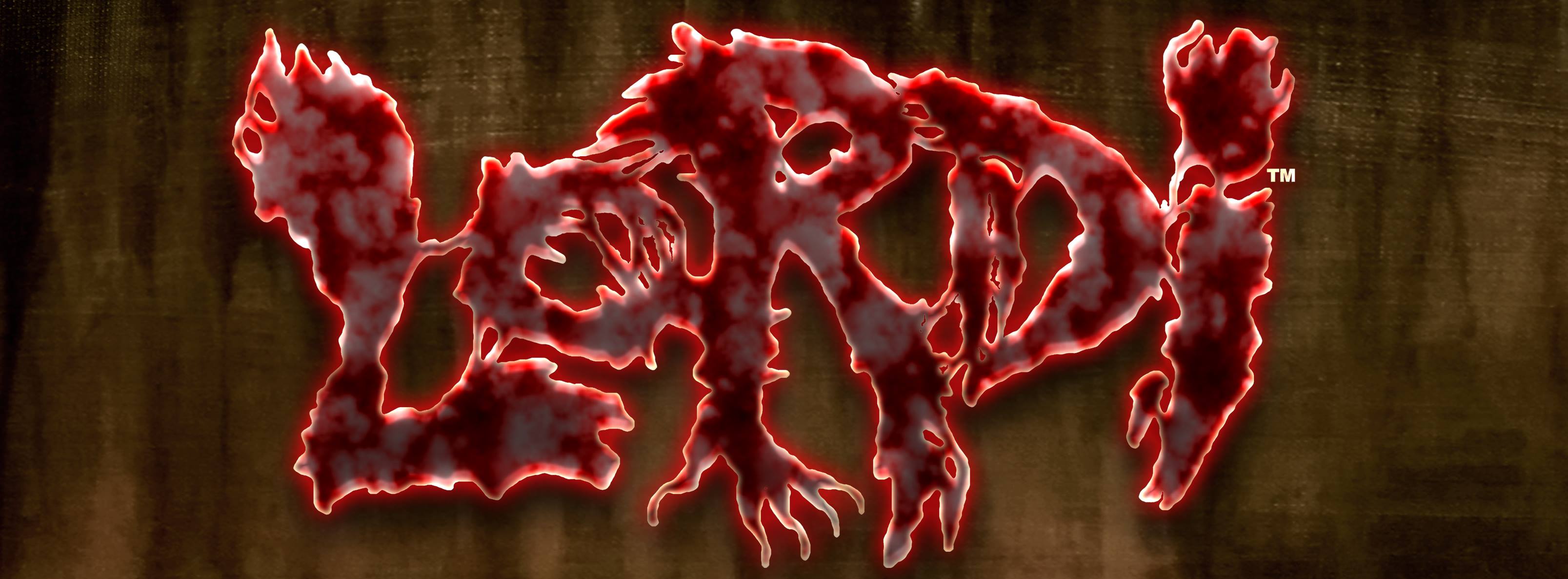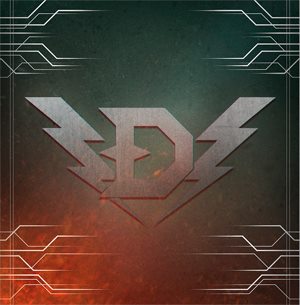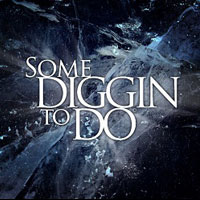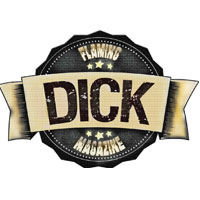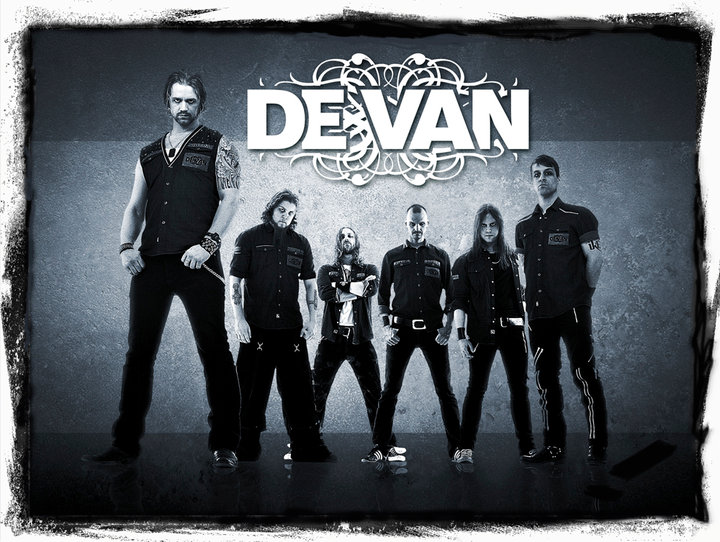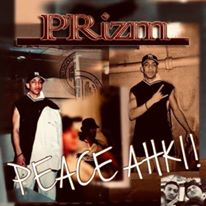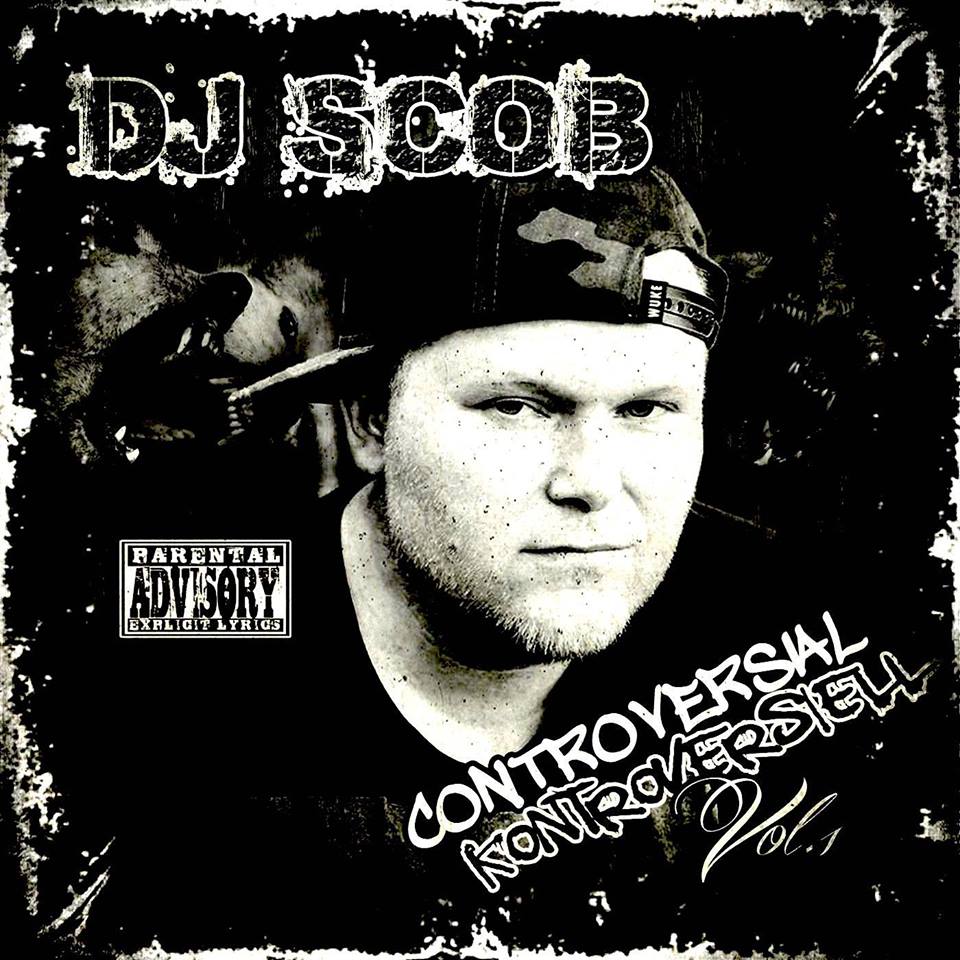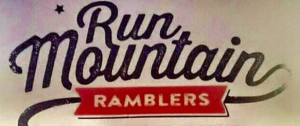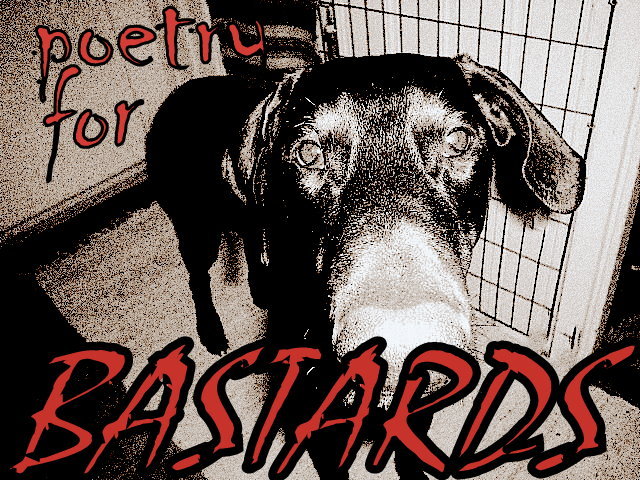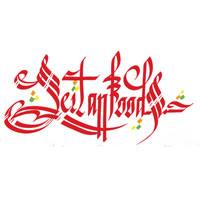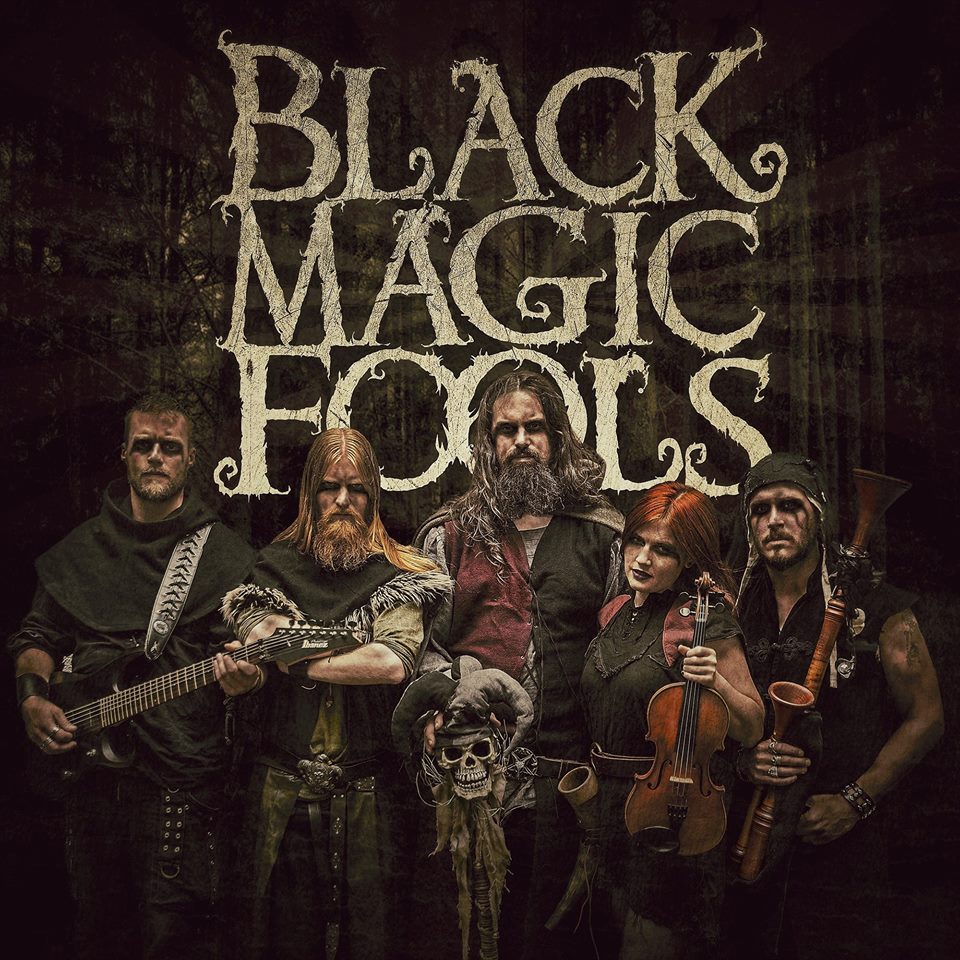HIP HOP HISTORY
The official birthday of Hip Hop is November 12th, 1974.
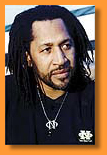
KOOL DJ HERC
The father of hip hop
Born in Kingston, Jamaica, West indies, moving to New York in 1967. Kool Herc owns the rights to the accolade “first Hip Hop D.J.” Illustrating the connections between reggae and rap, Herc brought his sound system to block parties in the Bronx from 1969 onwards. By 1975 he was playing the brief rhythmic sections of records which would come to be termed “breaks”,at venues like the Hevalo in the Bronx. His influence was pivotal,with Grandmaster Flash building on his innovations to customised the modern Hip Hop DJ approach.
 Herc’s methods also pre-dated and partially introduced, sampling. By adapting pieces of Funk, Soul, Jazz and other musics into the melting pot, he would be able to keep a party buzzing. With his sound system the Herculords,he would tailor his sets to the participants,most of whom he knew by name. He would call these out over improvised sets; “As I scan the place, I see the very familiar face of my mellow: Wallace Dee in the house! Wallace Dee! Freak for me! As one of Hip Hop’s founding Fathers, Kool Herc’s reputation and influence has outlasted the vaguaries of musical fashion. A status no doubt boosted by the fact that he has not attempted to launch a spurious recording career on the back of it. Kool Herc was the subject of celebration at the Rapmania Festival in 1990. Here are some words from the Father of Hip Hop: The first place I played was 1520 Sedgewick Avenue-that’s a recreation room-matter of fact in my apartment, yunno. Like the pied piper, the rats came out of the bricks to dance. My parties back then was twenty-five cent, Then it went to the recreation room,then we gave a block party,one time,anual block party. When you come down the block that cleaned up, you know Herc gonna play some Music and um, I couldn’t come back to the old ranch no more, I had to go to a place called the Twilight Zone.
Herc’s methods also pre-dated and partially introduced, sampling. By adapting pieces of Funk, Soul, Jazz and other musics into the melting pot, he would be able to keep a party buzzing. With his sound system the Herculords,he would tailor his sets to the participants,most of whom he knew by name. He would call these out over improvised sets; “As I scan the place, I see the very familiar face of my mellow: Wallace Dee in the house! Wallace Dee! Freak for me! As one of Hip Hop’s founding Fathers, Kool Herc’s reputation and influence has outlasted the vaguaries of musical fashion. A status no doubt boosted by the fact that he has not attempted to launch a spurious recording career on the back of it. Kool Herc was the subject of celebration at the Rapmania Festival in 1990. Here are some words from the Father of Hip Hop: The first place I played was 1520 Sedgewick Avenue-that’s a recreation room-matter of fact in my apartment, yunno. Like the pied piper, the rats came out of the bricks to dance. My parties back then was twenty-five cent, Then it went to the recreation room,then we gave a block party,one time,anual block party. When you come down the block that cleaned up, you know Herc gonna play some Music and um, I couldn’t come back to the old ranch no more, I had to go to a place called the Twilight Zone.
And then I used to give flyers out over by the Hevalo,and my mans would tell me to step off. I said, “One day I”m be in here.” So I gavemy first party at the Twilight Zone,it was raining,the gods was raining down on me. Everybody came down from the Hevalo,wondering what was happening. They said,”Hercis playing down the block.” “Who’s Herc?’ “That’s the guy you chased away with the flyers from outside.” And from the Twilight Zone I went on up to the Hevalo…
(From there he moved to a spot called the Executive Playhouse, on 173 street in the Bronx,as well as playing numerous high schools,community centers,and parks.) Assuming his native Jamaican patois, he continues: My muddah roots come from St. Mary{a parish in Jamaica, yunno. A man named George inspirate I from Jamaica,yunno,and he lived pon Victoria Street,yunno and used to come with the big sound system. It was devastating,cause it was open air,when it rained that’s the dance…. I did a lot of things from Jamaica and I brought it here and turned it into my own little style. Herc came to prominence in the West Bronx between 1974 and 1975.
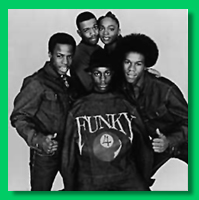
THE FUNKY FOUR
PLUS ONE MORE
The Funky Four~s background is an interesting one with Lil` Rodney Cee having been part of the street-jivers the Magnificent Seven between 1977 and 1978. The Funky Four were founded when KK Rockwell and D.J. Breakout, adding first Keith Keith and then female MC Sha Rock. Rahiem joined,then departed to take up an engagement with Grandmaster Flash. Keith Keith also left. With the addition of Lil` Rodney Cee, then Jazzy Jeff,the group became the Funky Four,with D.J. Breakout and Baron.None of the group were older than 17 when they signed with the Enjoy label, opening that imprint`s account (in rap terms) with”Rappin` And Rocking The House. This utilized the Cheryl Lynn break,”Got To Be Real”, over which a 16-minute rap commentary was placed.
(PICTURE)
The drums were programmed by Pumpkin,arguably rap`s first production hero,and it was an impressive overall introduction. Shortly afterwards they switched to Sugarhill,adding the Plus One More suffix.
In addition to this cast D.J. Mark The 45 King would act as Breakout`s record boy,locating and passing records up to the decks as his D.J. requested them. They made their debut for Sugarhill with “Thats The Joint” a song arranged by jazz-funk organist Clifton Jiggs Chase.
Their performances at Bronx house parties included full blown dance routines. After a clash album with the Cash Crew, their career petered out somewhat, through Jazzy Jeff would go on to a brief solo career with Jive Records. Lil` Rodney Cee and KK Rockwell would go on to be partners in follow under achievers, Double Trouble at which time Rodney Cee would marry Angela (Angie B) Brown of Sequence fame.
CULTURE
Hypnotize and Baby Cee, two disc jockeys
Turntablism is the technique of manipulating sounds and creating music using phonograph turntables and a DJ mixer. One of the few first hip hop DJs was Kool DJ Herc, who created hip hop through the isolation of “breaks” (the parts of albums that focused solely on the beat). In addition to developing Herc’s techniques, DJs Grandmaster Flowers, Grandmaster Flash, Grand Wizard Theodore, and Grandmaster Caz made further innovations with the introduction of scratching.
 Traditionally, a DJ will use two turntables simultaneously. These are connected to a DJ mixer, an amplifier, speakers, and various other pieces of electronic music equipment. The DJ will then perform various tricks between the two albums currently in rotation using the above listed methods. The result is a unique sound created by the seemingly combined sound of two separate songs into one song. Although there is considerable overlap between the two roles, a DJ is not the same as a producer of a music track.
Traditionally, a DJ will use two turntables simultaneously. These are connected to a DJ mixer, an amplifier, speakers, and various other pieces of electronic music equipment. The DJ will then perform various tricks between the two albums currently in rotation using the above listed methods. The result is a unique sound created by the seemingly combined sound of two separate songs into one song. Although there is considerable overlap between the two roles, a DJ is not the same as a producer of a music track.
In the early years of hip hop, the DJs were the stars, but that has been taken by MCs since 1978, thanks largely to Melle Mel of Grandmaster Flash’s crew, the Furious Five. However, a number of DJs have gained stardom nonetheless in recent years. Famous DJs include Grandmaster Flash, Afrika Bambaataa, Mr. Magic, DJ Jazzy Jeff, DJ Scratch from EPMD, DJ Premier from Gang Starr, DJ Scott La Rock from Boogie Down Productions, DJ Pete Rock of Pete Rock & CL Smooth, DJ Muggs from Cypress Hill, Jam Master Jay from Run-DMC, Eric B., DJ Screw from the Screwed Up Click and the inventor of the Chopped & Screwed style of mixing music, Funkmaster Flex, Tony Touch, DJ Clue, Mix Master Mike and DJ Q-Bert. The underground movement of turntablism has also emerged to focus on the skills of the DJ.
MCing
Busta Rhymes performs in Las Vegas for a BET party (not busta Rhymes on picture just what an emcee is
 Rapping (also known as emceeing, MCing, spitting (bars), or just rhymingrefers to “spoken or chanted rhyming lyrics with a strong rhythmic accompaniment”.It can be broken down into different components, such as “content”, “flow” (rhythm and rhyme), and “delivery”. Rapping is distinct from spoken word poetry in that is it performed in time to the beat of the music. The use of the word “rap” to describe quick and slangy speech or repartee long predates the musical form. MCing is a form of expression that is embedded within ancient African culture and oral tradition as throughout history verbal acrobatics or jousting involving rhymes were common within the Afro-American community.
Rapping (also known as emceeing, MCing, spitting (bars), or just rhymingrefers to “spoken or chanted rhyming lyrics with a strong rhythmic accompaniment”.It can be broken down into different components, such as “content”, “flow” (rhythm and rhyme), and “delivery”. Rapping is distinct from spoken word poetry in that is it performed in time to the beat of the music. The use of the word “rap” to describe quick and slangy speech or repartee long predates the musical form. MCing is a form of expression that is embedded within ancient African culture and oral tradition as throughout history verbal acrobatics or jousting involving rhymes were common within the Afro-American community.
Graffiti
An aerosol paint can, a common tool used in modern graffiti
In America around the late 1960s, graffiti was used as a form of expression by political activists, and also by gangs such as the Savage Skulls, La Familia, and Savage Nomads to mark territory. 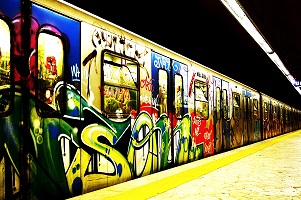 Towards the end of the 1960s, the signatures tags of Philadelphia graffiti writers Top Cat, Cool Earl and Cornbread started to appear. Around 1970–71, the center of graffiti innovation moved to New York City where writers following in the wake of TAKI 183 and Tracy 168 would add their street number to their nickname, “bomb” a train with their work, and let the subway take it—and their fame, if it was impressive, or simply pervasive, enough—”all city”. Bubble lettering held sway initially among writers from the Bronx, though the elaborate Brooklyn style Tracy 168 dubbed “wildstyle” would come to define the art. The early trendsetters were joined in the 1970s by artists like Dondi, Futura 2000, Daze, Blade, Lee, Fab Five Freddy, Zephyr, Rammellzee, Crash, Kel, NOC 167 and Lady Pink.
Towards the end of the 1960s, the signatures tags of Philadelphia graffiti writers Top Cat, Cool Earl and Cornbread started to appear. Around 1970–71, the center of graffiti innovation moved to New York City where writers following in the wake of TAKI 183 and Tracy 168 would add their street number to their nickname, “bomb” a train with their work, and let the subway take it—and their fame, if it was impressive, or simply pervasive, enough—”all city”. Bubble lettering held sway initially among writers from the Bronx, though the elaborate Brooklyn style Tracy 168 dubbed “wildstyle” would come to define the art. The early trendsetters were joined in the 1970s by artists like Dondi, Futura 2000, Daze, Blade, Lee, Fab Five Freddy, Zephyr, Rammellzee, Crash, Kel, NOC 167 and Lady Pink.
 The relationship between graffiti and hip hop culture arises both from early graffiti artists engaging in other aspects of hip hop culture, Graffiti is understood as a visual expression of rap music, just as breaking is viewed as a physical expression. The 1983 film Wild Style is widely regarded as the first hip hop motion picture, which featured prominent figures within the New York graffiti scene during the said period. The book Subway Art and documentary Style Wars were also among the first ways the mainstream public were introduced to hip hop graffiti. Graffiti remains part of hip hop, while crossing into the mainstream art world with renowned exhibits in galleries throughout the world.
The relationship between graffiti and hip hop culture arises both from early graffiti artists engaging in other aspects of hip hop culture, Graffiti is understood as a visual expression of rap music, just as breaking is viewed as a physical expression. The 1983 film Wild Style is widely regarded as the first hip hop motion picture, which featured prominent figures within the New York graffiti scene during the said period. The book Subway Art and documentary Style Wars were also among the first ways the mainstream public were introduced to hip hop graffiti. Graffiti remains part of hip hop, while crossing into the mainstream art world with renowned exhibits in galleries throughout the world.
Breaking
Breaking, an early form of hip hop dance, often involves battles, showing off technical skills as well as displaying tongue-in-cheek bravado
In 1924, Earl Tucker (aka Snake Hips), a performer at the Cotton Club, created a dance style which would later inspire an element of hip hop culture known as b-boying. Breaking, also called B-boying or breakdancing, is a dynamic style of dance which developed as part of the hip hop culture. Breaking is one of the major elements of hip hop culture. Like many aspects of hip hop culture, breakdance borrows heavily from many cultures, including 1930s-era street dancing, Afro-Brazilian and Asian Martial arts, Russian folk dance, and the dance moves of James Brown, Michael Jackson, and California Funk styles. Breaking took form in the South Bronx alongside the other elements of hip hop.
According to the 2002 documentary film The Freshest Kids: A History of the B-Boy, DJ Kool Herc describes the “B” in B-boy as short for breaking which at the time was slang for “going off”, also one of the original names for the dance. However, early on the dance was known as the “boing” (the sound a spring makes). Dancers at DJ Kool Herc’s parties, who saved their best dance moves for the break section of the song, getting in front of the audience to dance in a distinctive, frenetic style. The “B” in B-boy also stands simply for break, as in break-boy (or girl). Breaking was documented in Style Wars, and was later given more focus in fictional films such as Wild Style and Beat Street. Early acts include the Rock Steady Crew and New York City Breakers.
Dancers at DJ Kool Herc’s parties, who saved their best dance moves for the break section of the song, getting in front of the audience to dance in a distinctive, frenetic style. The “B” in B-boy also stands simply for break, as in break-boy (or girl). Breaking was documented in Style Wars, and was later given more focus in fictional films such as Wild Style and Beat Street. Early acts include the Rock Steady Crew and New York City Breakers.
Beatbox
Beatboxing, popularized by Doug E. Fresh, is the technique of vocal percussion. It is primarily concerned with the art of creating beats or rhythms using the human mouth. The term beatboxing is derived from the mimicry of the first generation of drum machines, then known as beatboxes. As it is a way of creating hip hop music, it can be categorized under the production element of hip hop, though it does sometimes include a type of rapping intersected with the human-created beat. It is generally considered to be part of the same “Pillar” of hip hop as DJing—in other words, providing a musical backdrop or foundation for MC’s to rhyme over.
Beatboxing was quite popular in the 1980:s with prominent artists like the Darren “Buffy, the Human Beat Box” Robinson of the Fat Boys and Biz Markie displaying their skills within the media. It declined in popularity along with b-boying in the late 1980s, but has undergone a resurgence since the late 1990:s, marked by the release of “Make the Music 2000.” by Rahzel of The Roots.
source: Zulu & wikepedia
The 5 Elements of Hip Hop
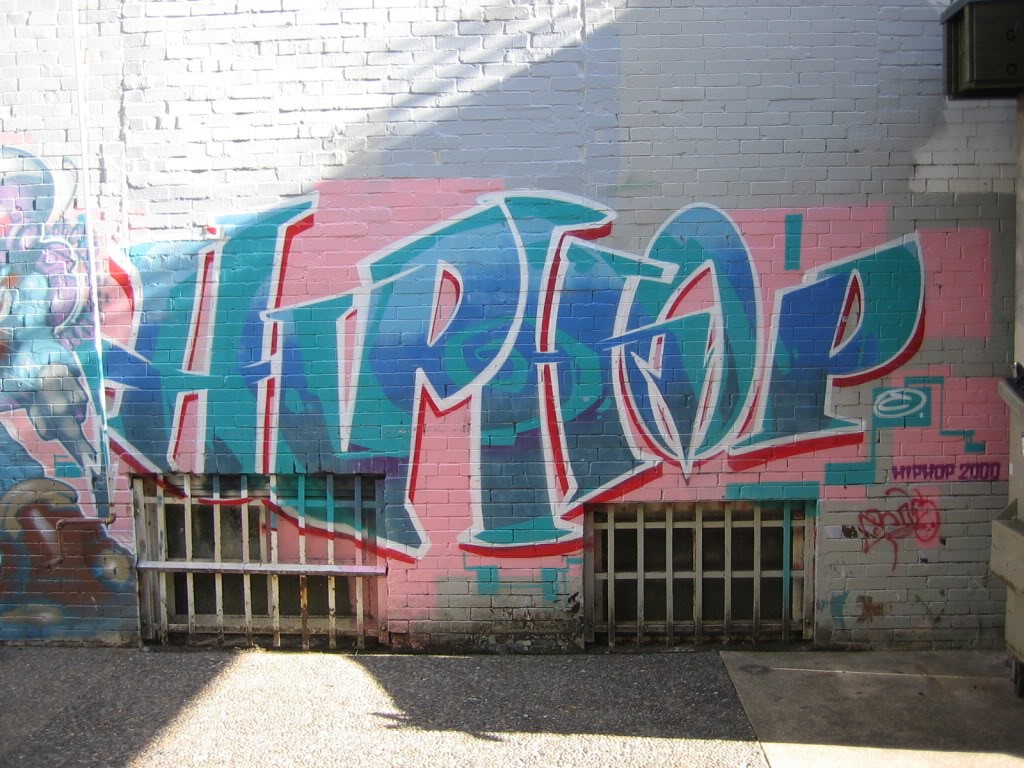
The beginning of the rap and hip hop community began in the early 1970s. The man behind it all was Afrika Bambataa, an artist from the Bronx. Bambataa was the first person to give the hip hop community an identity. He did this by starting the first ever rap crew, the Zulu Nation. This group identifies five distinct elements of hip hop that make up their community.






